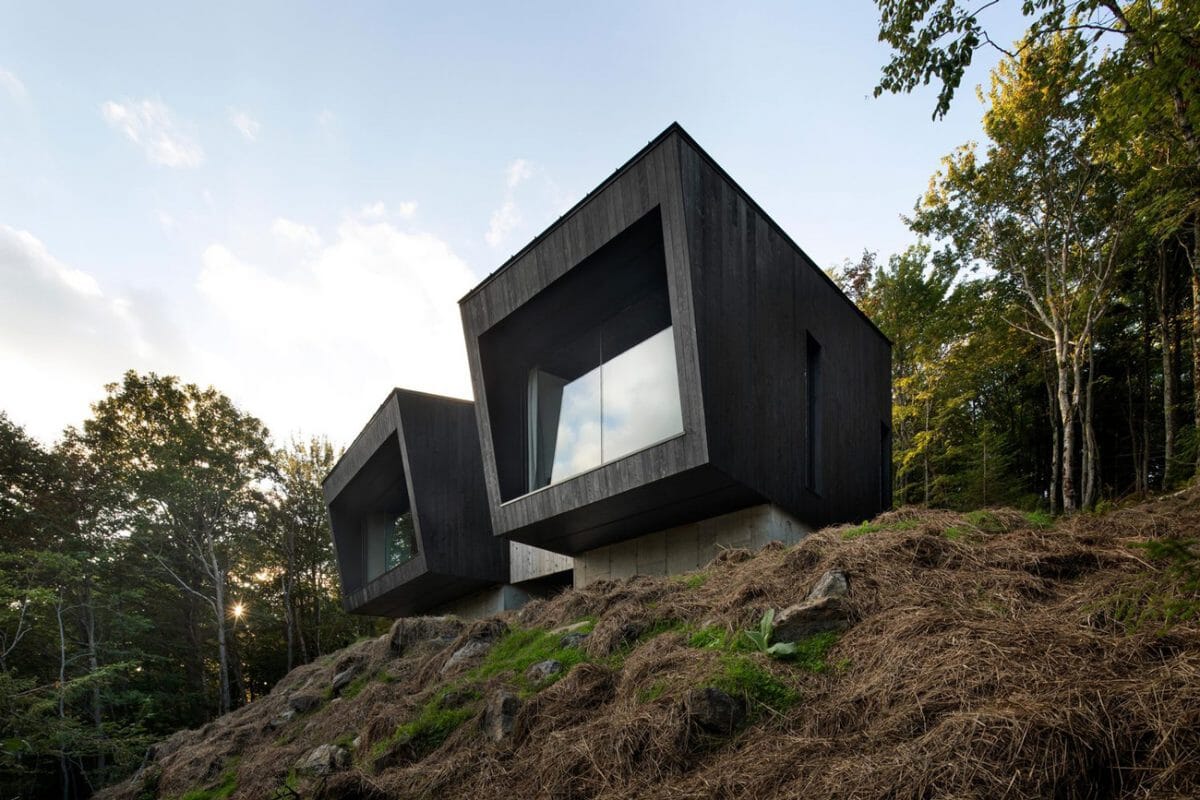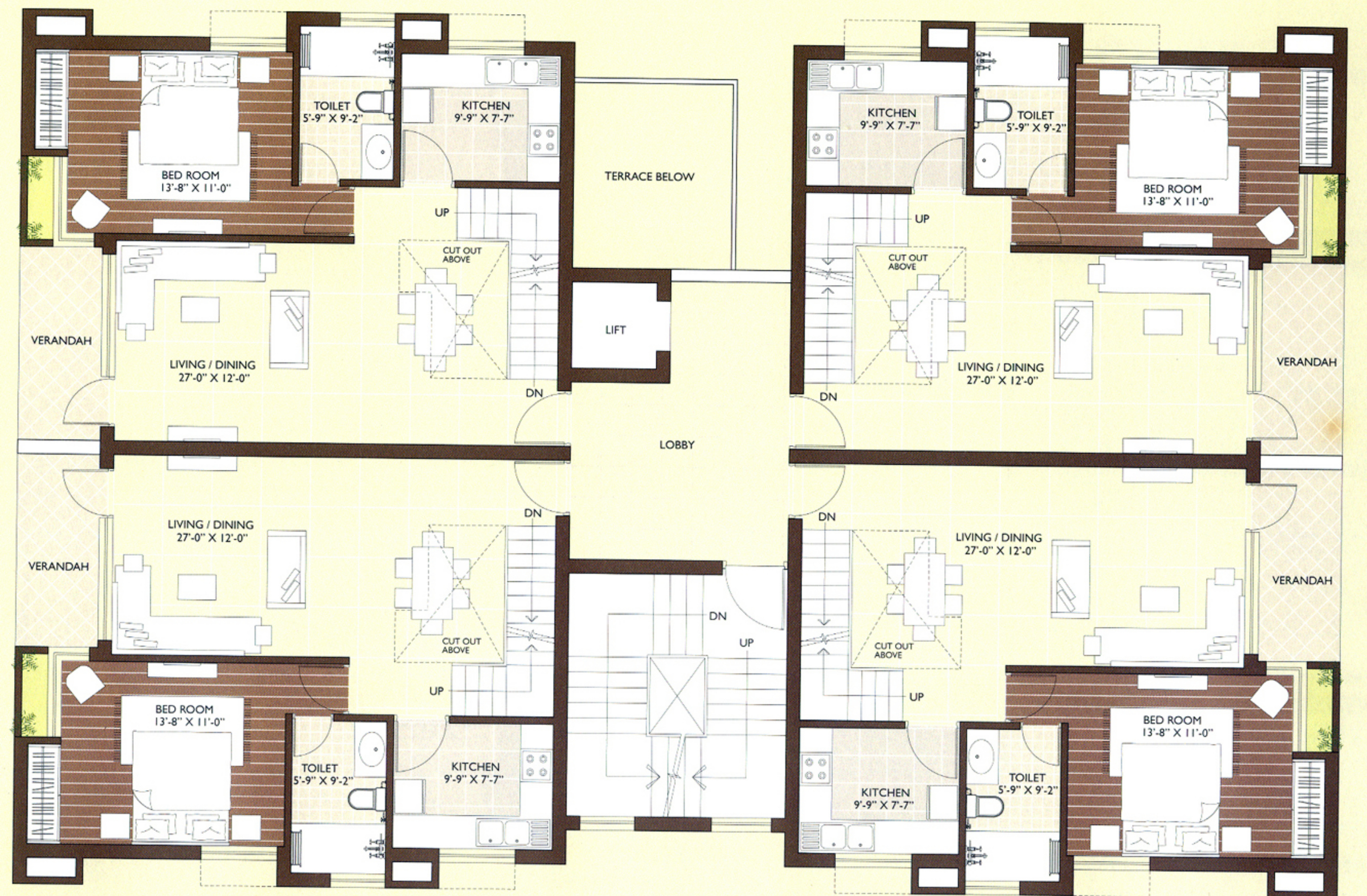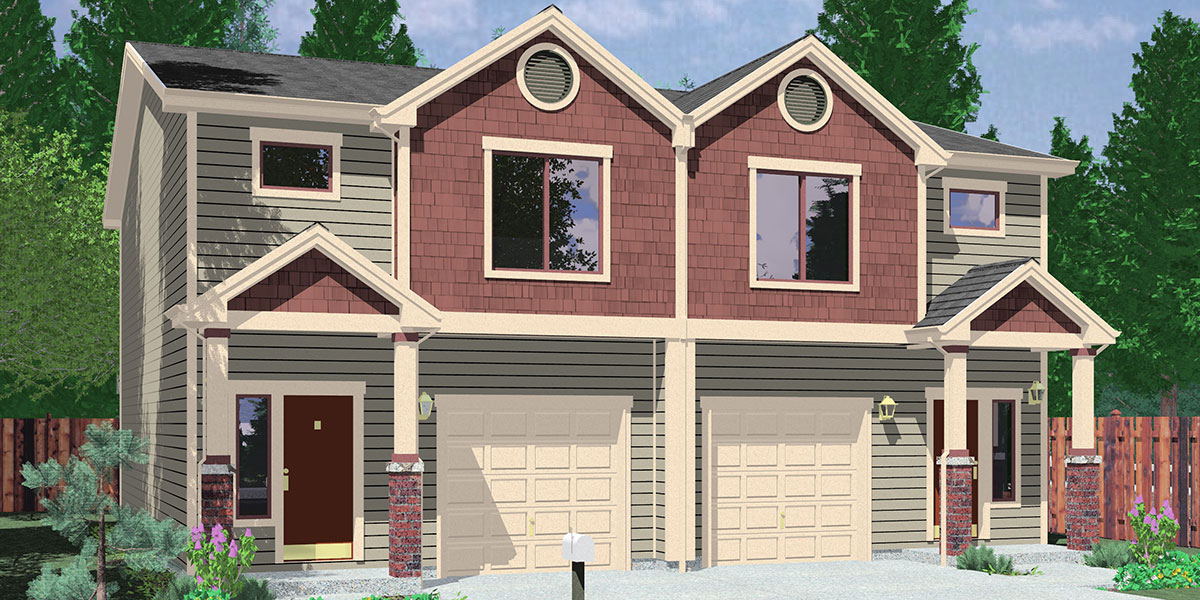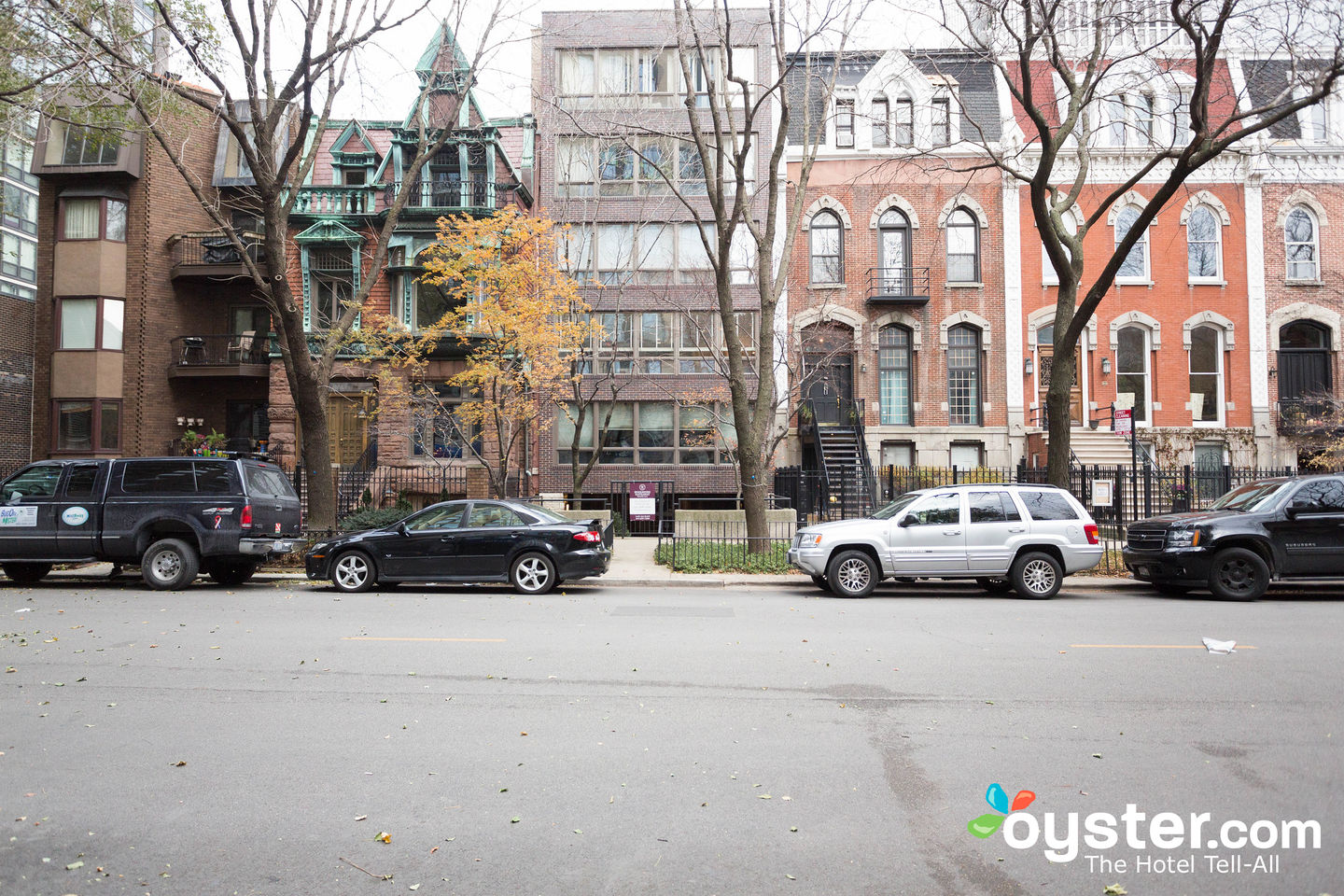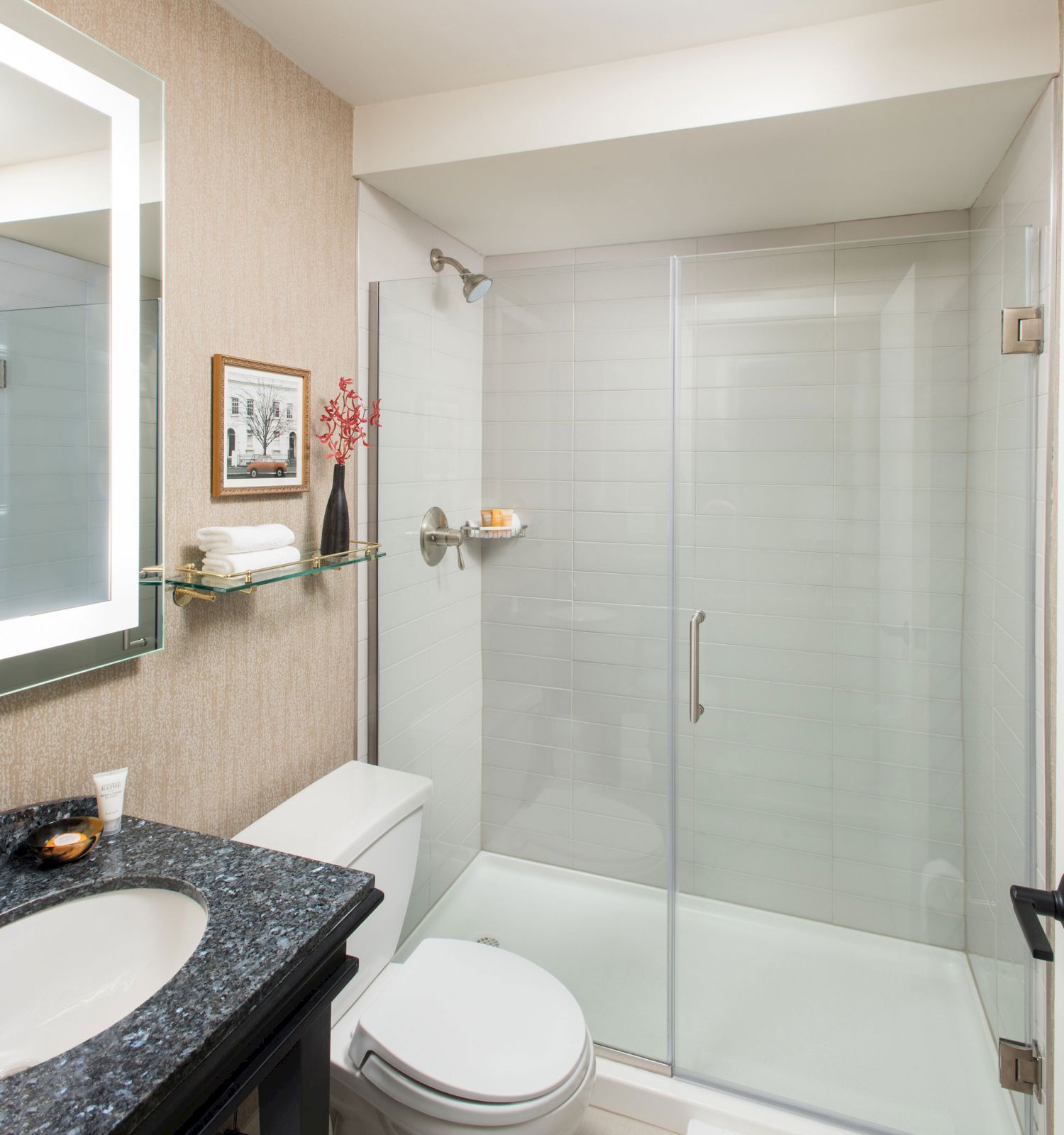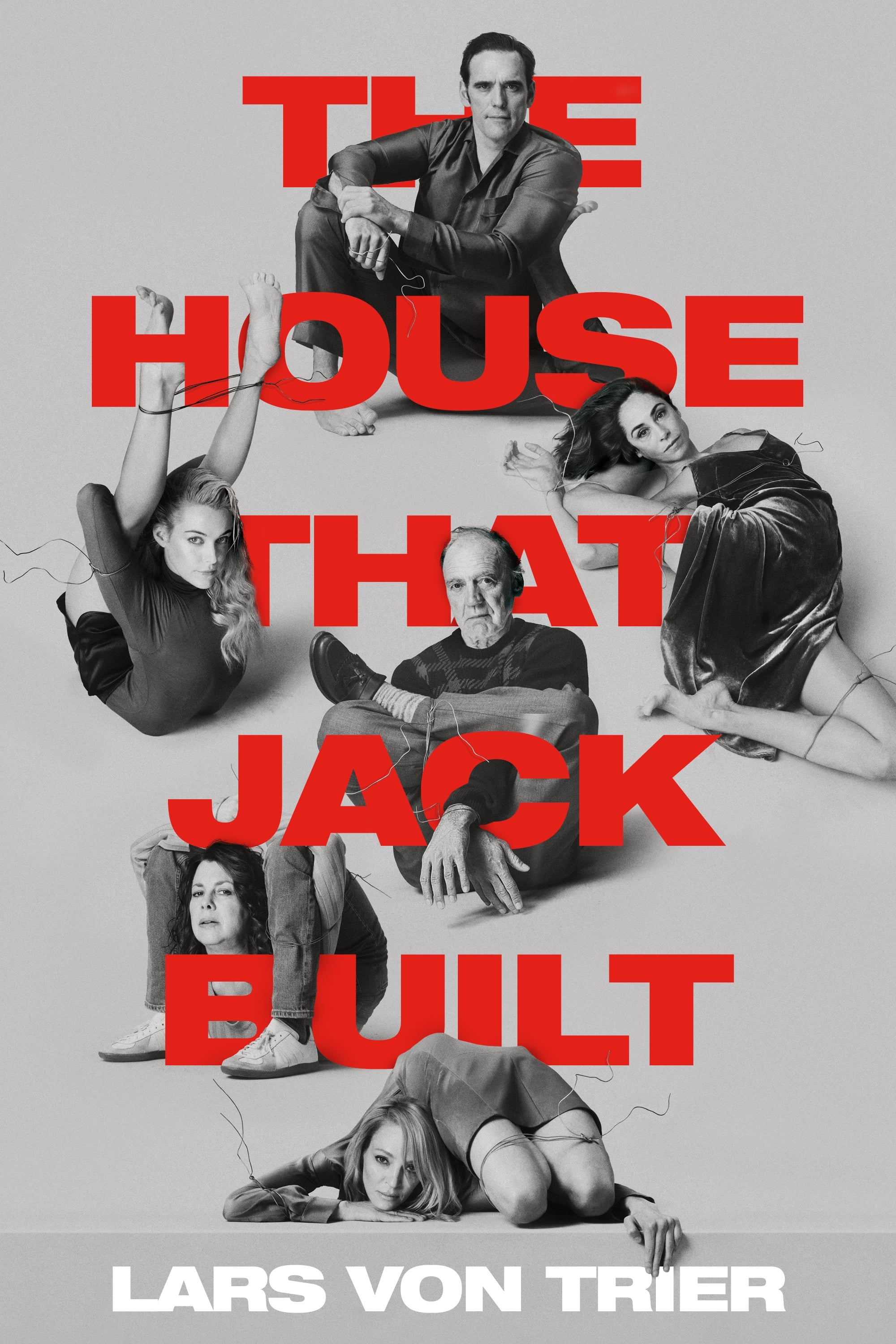Table Of Content
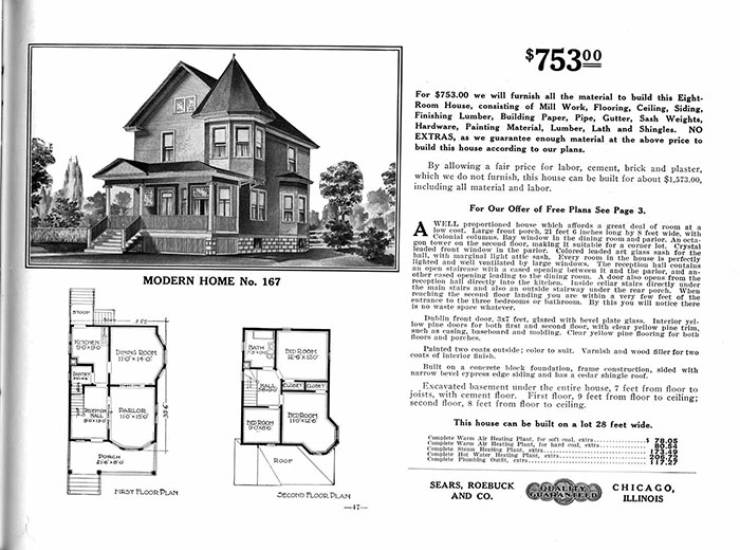
One order could include everything—nails and screws, paint and roof shingles, windows and doors, woodwork, staircases, and mantelpieces. Sears promised that a buyer with only rudimentary skills could assemble a kit home in 90 days. To back up this claim, the kit homes utilized balloon framing, a simpler method of building the skeleton of a home, helping to popularize the process. In addition, Sears also helped standardize the use of drywall and asphalt shingles, which both brought down the cost of construction for the average buyer.
The Best Prefab Homes Under $50K
Once delivered, many of these houses were assembled by the new homeowner, relatives, friends and neighbors, in a fashion similar to the traditional barn-raisings of farming families. Available in a variety of styles and at a range of price points, these DIY kit houses would arrive via railroad boxcar as precut and then the buyer would have them assembled. Sears was quickly able to leap to theforefront of the home building kit niche. The company had a massive inventoryof supplies to sell, a large selection of plans, and a massive reach with itscatalog. Sears houses were often built in multiples, creating entire homogeneous neighborhoods. The five- and six-room houses of what became known as the Standard Addition, which included many bungalows and Foursquares, cost roughly $3,600 to $4,600 and were regarded as unusually fine examples of worker housing.
I Unknowingly Bought A Sears Kit Home — Here's What I Learned and Discovered Inside It - Apartment Therapy
I Unknowingly Bought A Sears Kit Home — Here's What I Learned and Discovered Inside It.
Posted: Tue, 21 Jun 2022 07:00:00 GMT [source]
Identifying Sears Modern Homes
In 1908, Sears issued its first specialty catalog for houses, Book of Modern Homes and Building Plans, featuring 44 house styles ranging in price from US $360–$2,890. As its mail-order catalogs were already sent to millions of homes, Sears had a distinct advantage over other kit-home competitors. Before 1916, the home builder had to cut their Sears-supplied lumber to appropriate lengths.
Subscribe to Blog via Email
Beginning in the late 1970s, as people began rehabilitating houses built in the early 20th century, some discovered that they owned a Sears home. Interest in studying and restoring the Sears houses has grown over the years.[10] You can use the Kit House Hunters website to see lists of Sears houses in various communities. The Carlinville, Illinois, concentration consists of houses bought in bulk by the Standard Oil Company in 1918 to house its mineworkers at a total cost of about US $1 million.
How Sears Kit Homes changed housing
But its competitors were gaining ground, and by 1991 Sears had lost its crown as the nation’s top-selling retailer to Walmart. "Sears was instead a very able follower of popular home designs but with the added advantage of modifying houses and hardware according to buyer tastes." Providing cheap, accessible, and quality housing is a significant accomplishment.
Vintage Mail Order Houses That Came from Sears Catalogs, 1910s-1940s
The base price for this house was $1,345.For reference, $1,345 in 1940 would be equivalent to around $24,871.72 in 2020. For another example, this time of a larger,more expensive Sears home, let’s jump to the 1927 through 1932 era and take alook at the San Jose Model. The house measured 20′ x 16′ for 320 ft.²That measurement did not include the porch, which provided another 9’8″ x5′ of outdoor space.
Realtors place a premium on these quaint, Victorian-inspired designs, which often seem straight from a scene in the (fictional) Pleasantville, and some have recently sold for more than $1 million. A community of Sears catalog home fans has created books, maps, and tours of the homes (finding stamped lumber can be a sign your home was built from a kit). The materials needed to build each home typically arrived by railroad and were then trucked to the home site. The kit included lumber, roofing, wiring, flooring, windows, doors, hinges, doorknobs, cabinets, nails, screws, paint, and varnish.
How Did Sears Get Into The Mail Order Homes Business?
Sold under the Sears Modern Homes brand, the kits soon became a huge hit; selling thousands of homes all across the country in the company’s 33-year history. Modern Homes catalogs often carried designs well past what is generally considered their peak years. Bungalows, for instance, were among the most frequently built of all of Sears house types (and along with the Colonial Revival and the Cape Cod cottage, the longest-lived), appearing in every catalog from 1908 onward. As late as 1939 the “Winona,” which first appeared in 1916, is shown with another, rather stodgy five-room example, the “Plymouth,” which first appeared in 1934. Despite the kit homes' affordability and success, The Craftsman Blog writes, Sears had to cease production of their homes because of World War II. Simply put, the materials needed to build the houses were now going to be allocated elsewhere.
According to The Craftsman Blog, a variety of goods could be bought and delivered to the customer's front door. In 1908, however, the company decided to push the envelope; Sears was now going to sell and deliver houses via their Sears Modern Homes Catalog. Forbes writes that by using this catalog, a consumer could pick anything from a modest cottage to a large five-bedroom house. In fact, by the end of the 1930s, the number of Sears retail stores had nearly doubled, and in 1945 the company topped the $1 billion mark in sales for the first time. As the company’s own archive site states, “Sears was not an innovative home designer.
Plumbing, electrical fixtures, and heating systems were options that could be ordered at additional cost; they were many families’ first steps to modern HVAC systems, kitchens, and bathrooms. Sears Modern Homes offered more than 370 designs in a wide range of architectural styles and sizes over the line’s 34-year history. In the early 20th century, companies such as Sears, Roebuck and Co., sold tens of thousands of mail-order kit houses. Also in the Penn Hills neighborhood of Verona, Pennsylvania, is this Sears Dover.
Optional materials included window screens, storm windows, plasterboard, plumbing, and heating and electrical fixtures. In addition to blueprints, a construction manual with step-by-step instructions was included. In 1935, some newspaper reports stated that Sears had "discontinued" the "modern homes department". However, there's no evidence that Sears actually stopped selling homes and it continued to issue a new "Modern Homes" catalog throughout the 1930s. Home sales slowly recovered as the United States emerged from the Great Depression. As sales grew, Sears expanded its production, shipping, and sales offices to locations across the U.S.

However, building materials like millwork could be purchased separately from Sears so millwork with shipping labels is not, by itself, a definitive indicator of a Sears Modern house. Precut framing timbers, an innovation pioneered by Aladdin, were first offered by Sears in 1916. Precut lumber was cut to the appropriate lengths and angles based on where the framing timber would be used in the house. Some builders and companies purchased houses directly from Sears to build as model homes, speculative homes, or homes for customers or employees. Other homeowners relied on local carpenters or contractors to assemble the houses. In some cases, Sears provided construction services to assemble the homes.
Before then, the lumber still had to be cut to fit at the building site. Montgomery Ward, Sears’s foremost catalog competitor in general merchandise, was even slower to jump on the bandwagon, waiting until 1910 to sell house plans from a catalog and 1918 for ready-cut houses. Sears and its competitors all depended on rail service, which by the early 20th century covered most of the continent, and regional lumber mills where the wood could be centrally processed. Sears discontinued its Modern Homes catalog after 1940, though sales through local sales offices continued into 1942.

